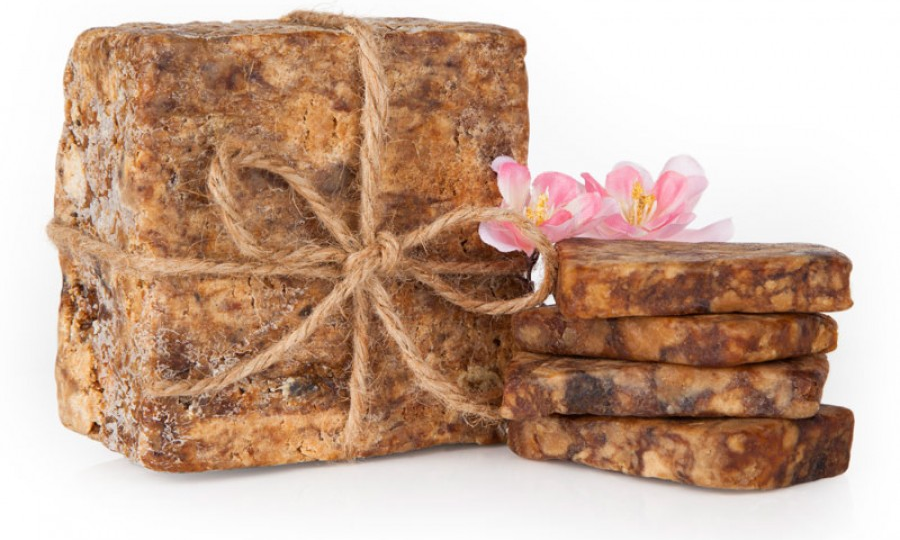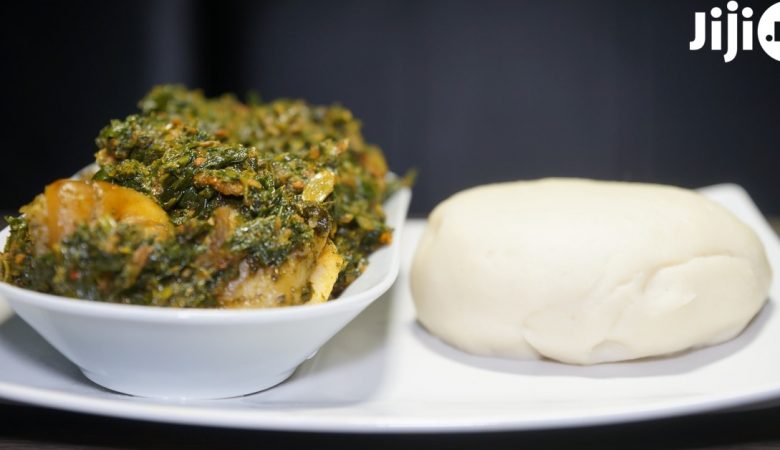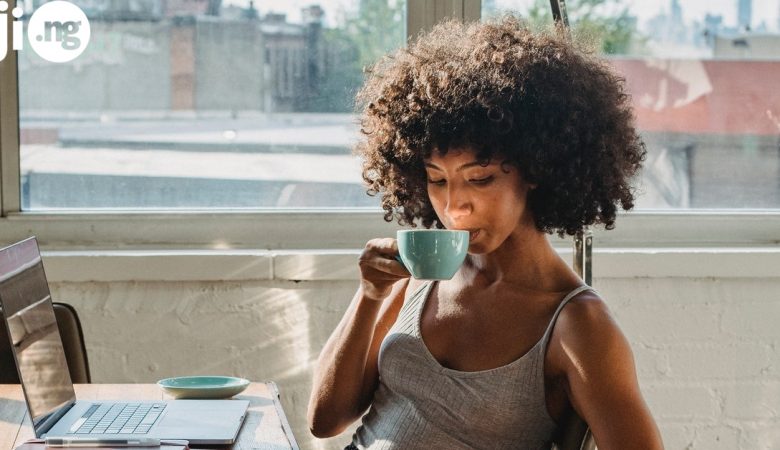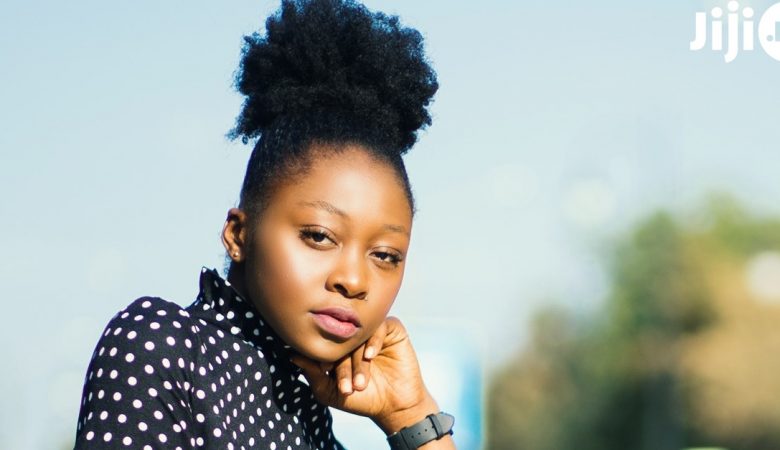Black soap, or African soap, as it’s known around the world, is one of the most famous beauty products. It’s known to help with a whole range of skin problems, from excessive oil production to the most stubborn acne. Another great thing about black soap is that you can easily make it at home.
Making authentic African black soap is the perfect solution if you want to make your skin care purely natural or if you want to try your hand at professional cosmetics making. Find out how to make African black soap at home right now!
Buy everything you need on Jiji app
1. Why you need black soap
African soap is one of the most versatile beauty products that can be used by women and men of all ages. Its healing and beautifying abilities have been known for years, and now millions of Nigerian families have a chunk of black soap in their bathrooms.
African black soap can not only be used for washing your face, but also for treating natural hair. Real African black soap ingredients gently cleanse the skin and hair without overdrying it. You can find out more about the benefits of black soap from our blog.

2. Black soap ingredients list
If you’ve decided to give making black soap at home a try, the first step on your way to all-natural and pure African soap is getting all of the necessary ingredients. Here is a list of components you’ll need in your soap-making process.
- Base oil: most soap makers prefer to use palm oil or palm kernel oil, although shea butter and cocoa butter are getting more and more popular as base oils. If you’re wondering how to make black soap with shea butter – don’t worry, the procedure is exactly the same!
- Active ingredient: most African soap makers prefer using plantain leaves, but if they’re hard to find in your area, you can substitute them with palm tree leaves or cocoa pods. You can also mix these ingredients for improved results.
- Scent: if you want to give your black soap a nice aroma, you can use any of your favorite essential oils – for example, tea tree, lavender, lemon, or any other scent.
- Double boiler for the mildest boiling process.
- Molds for the soap to cure in. You can use special silicone molds or use leftover molds from cosmetic or food products.

3. How to make black soap: step by step guide
- Take your active ingredient – for example, plantain leaves – and oven roast it until it’s dry and crispy. Once you’re done with roasting, take the leaves and burn them until they turn into ash.
- Dissolve the ashes in warm water until the ashes and the water form a unified liquid.
- Use your double boiler and stove top to melt the base oil or heat it in case it’s already in liquid form.
- When the oil has sufficiently heated, pour in the ashy liquid, stirring continuously. Add as much liquid ash as needed to turn your soap the exact shade of brown or black you want. Keep on stirring until the mixture comes together.
- At this stage you can add your essential oil if you want to make scented soap.
- Once you notice a dark waxy substance forming at the surface of the pot, remove it with a spoon and place it into the prepared molds. Continue stirring until you’ve scooped out all of the dark parts and put it into molds.
- The soap needs to be cured for a few weeks – in most cases, 14 days is enough for the soap to become solid to be comfortably used in your beauty routine.

As you can see, making black soap is not that difficult and anyone can try making their own batch at home. This video will tell you how to make African black soap the easy way.
How to Make Black African Inspired Soap {anago soap}
Week 43 of Soaping 101 and we are creating Black African Inspired soap using the hot process method. Links to all the equipment I am using can be found on our website as well as the soap: http://www.soaping101.com
Enjoy shopping with the Jiji app








